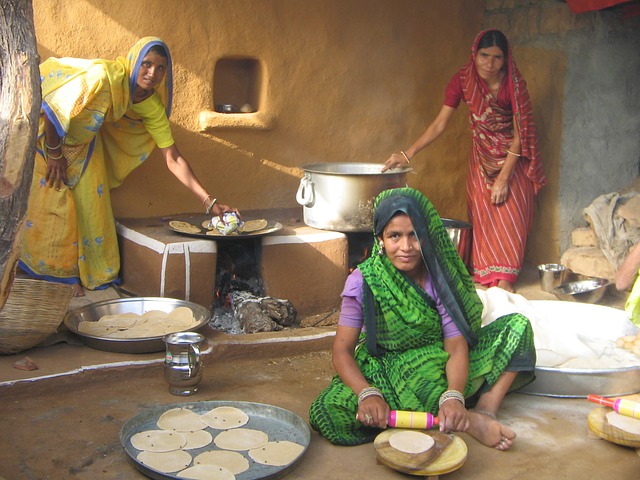A new UNICEF study on gender differences shows that girls spend around 50% more time on household chores compared to their brothers. In North Africa, South Asia and the Middle East, the difference is even greater, with girls ages 5 to 14 spending twice as much time on chores.
For the first few years of childhood, boy and girls are more or less equal in mental development, discipline and basic skills necessary to start school, UNICEF says. However, as they get older, gender differences become more apparent, especially when girls become old enough to perform household tasks such as sweeping, caring for elderly family members or fetching water and firewood, the Washington Post reports.
This focus on domestic duties ingrains girls with the notion that they are only qualified for such, UNICEF says.
The types of chores commonly undertaken by girls — preparing food, cleaning and caring for others — not only set the stage for unequal burdens later in life but can also limit girls’ outlook and potential while they are still young.
The chores don’t build character so much as put girls in their place – that they are not as highly valued and cannot perform tasks that may earn money for the family. Ideas like these, in turn, have a “lasting effect on self-esteem and self-worth,” UNICEF sates.
All over the world, girls 5 to 14 years old spend 550 million hours daily on household chores – 106 million more than boys. In the three countries with the highest number of girls doing chores, over half of the girls spend 14 hours weekly on chores. Around 66% of girls worldwide help with cooking and cleaning, 50% help with shopping, 46% fetch water or firewood, while 43% care for other kids.
The disparity highlights the difficulties females face, and why this typecasting continues as girls become women and begin finding it hard to compete in education and employment.
The World Economic Forum’s Global Gender Gap report says that around a quarter of billion women entered the global labor workforce from 2006 to 2015, but “the annual pay for women only now equals the amount men were earning TEN YEARS AGO.”
In addition, while there are more women than men enrolled in universities across 97 countries, only 68 countries have women as the majority of skilled workers. There are only four countries with a majority of female leaders, too.
The UNICEF gives a simple solution to bridge the gap: distribute the chores evenly among siblings. The study says, “Household chores and negative gender patterns must be addressed before they become cemented in adulthood. Supporting girls to stay in school and be involved in sports, play and other leisure and asset-building activities — and investing in infrastructure, technology and childcare to ease uneven burdens — can help put girls on the path to empowerment and the world on course to great gender equality.”
























